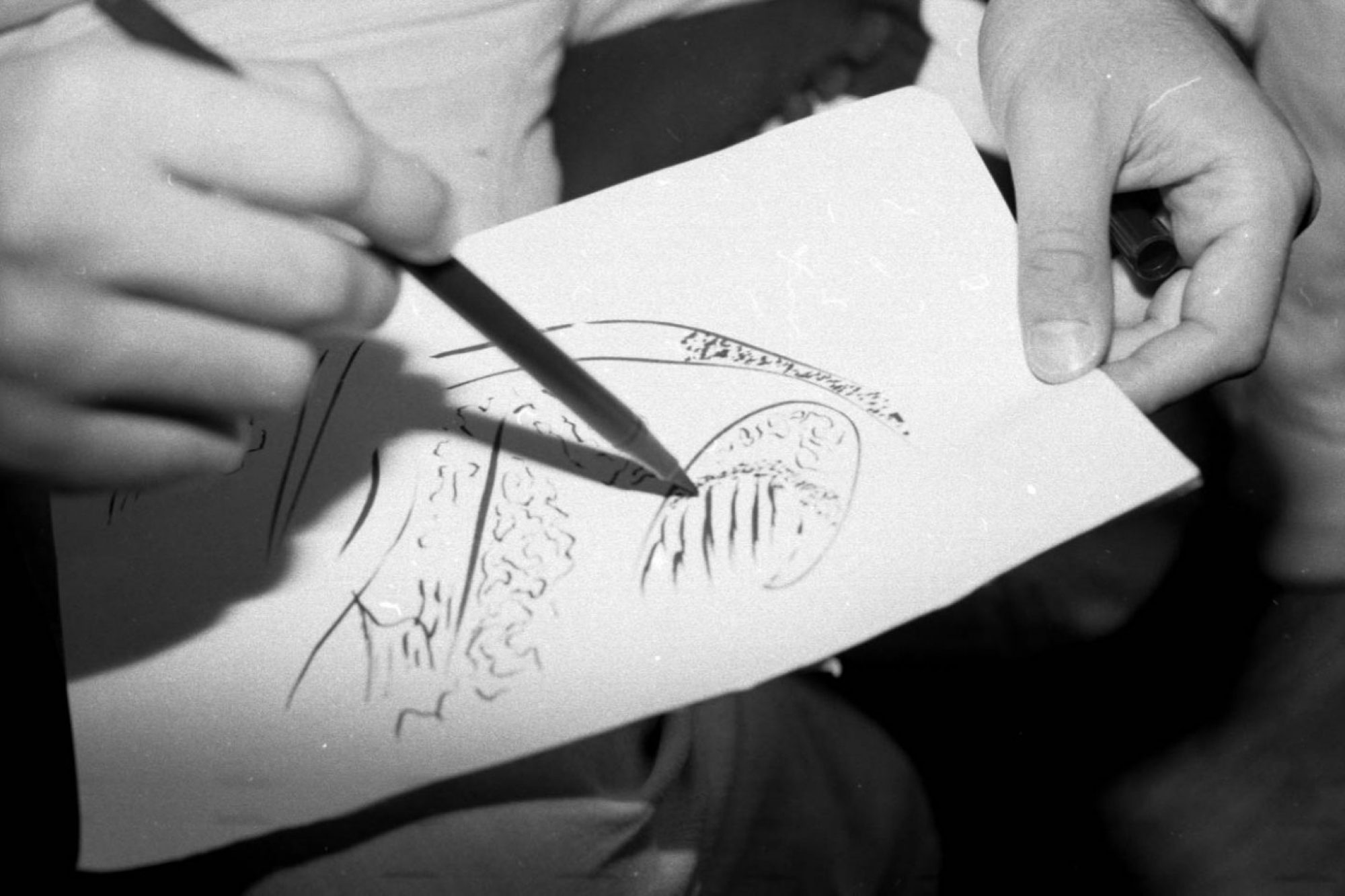Strategies for high school studio art teaching and assessment in Canada – Fiona Blaikie (ReVisions p. 240)
Limitations I found within Blaikie’s Study:
-Outdated (Results from 2000-2002) and reflected on curriculums from the early 2000s
-Small pool of teachers interviewed; that being said, the examples were more specific and in-depth on experiences than a study based on statistical information
Classroom Tools that Resonated with Me:
I was most drawn to Mark’s reflection. He is an art teacher in New Brunswick who made some great points. In analyzing artwork, he asks the students, “What’s your intuitive response?” and gets them to say comments based on the artwork’s form or function. I did this in my Design course at Langara, and I found this extremely useful in articulating and giving reason to our critiques.
Mark focused on making art talkable, and encouraging a language that students could feel comfortable in speaking. I think that artspeak/artalk severely limits accessibility to art. If we can clearly explain our artistic judgements with existing artwork, I think this will help us in explaining our assessments and criteria to the students.
Question: Since art teachers are still able to create their own criteria, how much formalism will you keep in your assessment?
